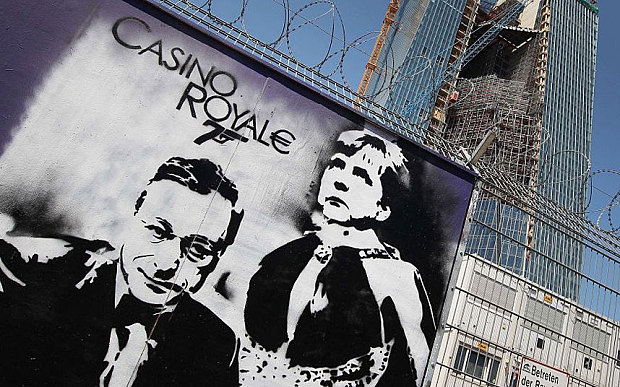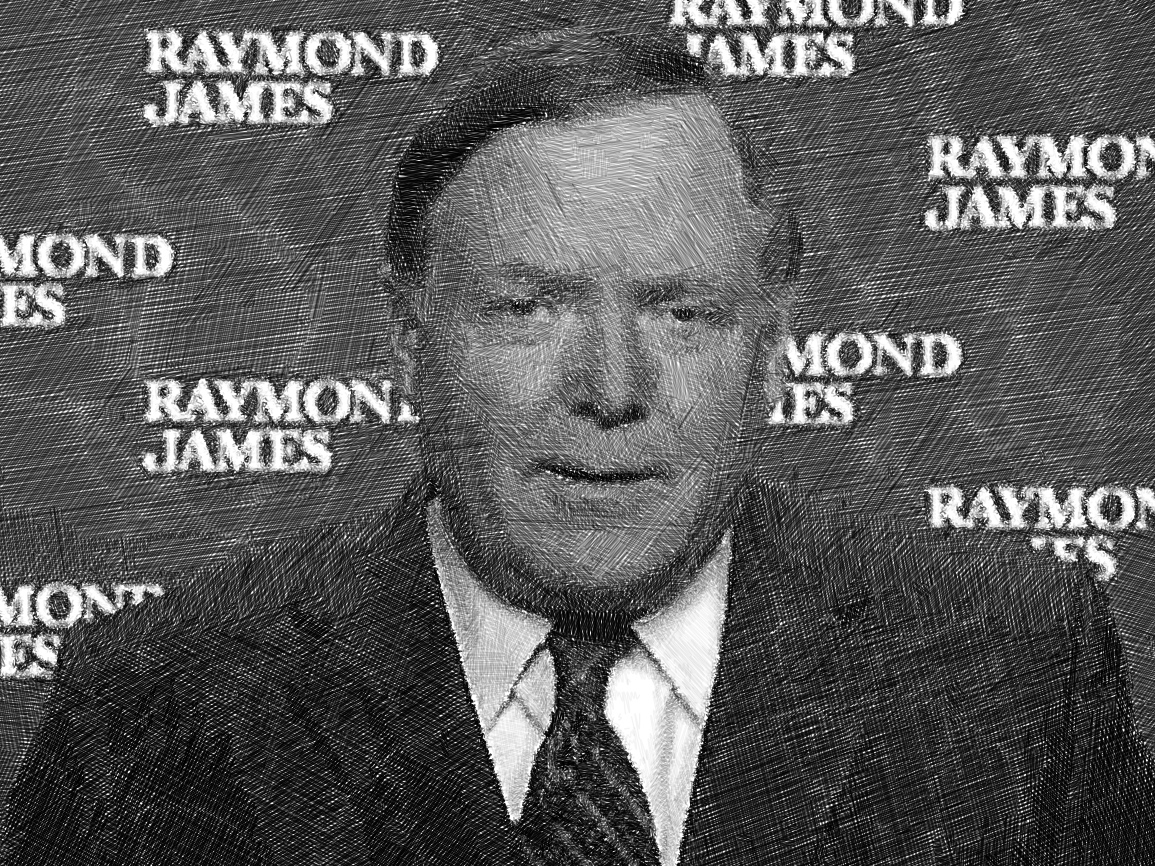Does the ECB's QE Make European Stocks Attractive?
by Michelle Gibley, CFA, Director of International Research, Schwab Center for Financial Research
Key Points
- The European Central Bank (ECB) recently announced a quantitative easing plan intended to purchase roughly one trillion euros.
- This move was prompted by a dip in inflation expectations and the weakening economic outlook.
- We are skeptical that the announced QE program will be enough to strengthen the pace of European economic growth and boost corporate earnings. We believe there are more attractive international stock markets outside of Europe.
Will the European Central Bank's (ECB) plan to purchase roughly one trillion euros be enough to jumpstart the European economy? The quantitative easing (QE) program will likely help but we are skeptical it will be enough to lift the Eurozone out of its anemic recovery. We believe economic growth and corporate earnings will remain sluggish and believe there are more attractive international markets outside of Europe in which to invest.
Why did the ECB act?
The ECB cut interest rates and announced it would launch an asset purchase program in October. The bank responded to a dip in inflation expectations and the weakening economic outlook. These actions surprised market participants who expected that the ECB would wait until after it had measured the effects of a separate program of lending to banks at near-zero rates of interest (known as Targeted Long-Term Refinancing Operations, or TLTRO), which is just now starting.
While inflation for the Eurozone as a whole is still in positive territory, the bond market had started to forecast future inflation below the ECB's target of "below, but close to 2%." This is probably the most important reason the ECB moved so quickly.
Once consumers and businesses believe prices will be lower in the future, they start postponing spending. This can create an economic slowdown that's self-reinforcing, with demand falling as spending is postponed, further suppressing growth. Deflation, a broad decline in prices, is very difficult for central banks to reverse.
Eurozone inflation is on the decline
FactSet, Eurostat as of September 10, 2014.
What will the ECB do next?
Under the new plan to be further explained in October, the ECB will buy newly created and existing private sector assets through two programs. The first program will purchase asset-backed securities (ABS), which are securities backed by a pool of underlying assets, such as car loans or credit card debts. The second program will purchase covered bonds or securities backed by cash flows from assets, such as residential mortgage-backed securities (RMBS).
We view the ABS and covered bond purchases as a version of quantitative easing (QE), which involves using unconventional tools to stimulate the economy when traditional monetary policy has become ineffective. QE in the Eurozone needs to be different than in the United States, as the two economies rely on different funding sources. In the United States, the capital markets provide most of the funding that keeps businesses and the economy functioning, while in the Eurozone, banks provide 80% of funding.
ECB President Mario Draghi calls the program "credit easing" because the goal is to increase the amount of credit extended, primarily by banks. The ECB hopes to encourage banks to issue more ABS, and then purchase those securities from them. Once the balance sheets of the banks are freed up, the ECB expects they will have the capacity to lend more.
In contrast, in the United States, the Federal Reserve expected that QE would push investors into riskier, higher-yielding assets, such as stocks and corporate bonds. If these securities rose and padded the net worth of investors, consumers would then be emboldened to spend more—the so-called “wealth effect.”
Can the ECB really find one trillion euros in eligible assets to buy?
Draghi indicated the ECB’s goal is to return the ECB's balance sheet to its size at the beginning of 2012, or roughly 3.1 trillion euros from roughly 2.1 trillion today. That would imply buying about one trillion euros ($1.3 trillion) of assets. This increase in the ECB’s balance sheet would come from both the QE and TLTRO programs.
ECB wants to return its balance sheet to early 2012 levels
FactSet, European Central Bank as of September 5, 2014.
One problem with the ECB's plan is the relatively small size of the ABS and covered bond markets in the Eurozone. These markets shrank in the wake of the global financial crisis, and still haven't fully recovered. Also, the ECB is looking to purchase "simple and transparent" securities that are highly rated and not already tied up in other ECB programs, shrinking the pool of available securities even further.
Draghi mentioned the possibility of buying government bonds, but the ECB has not made such a move yet. The lack of a unanimous vote on the interest rate cut and QE plan likely reduces the possibility of the ECB buying government bonds in the near term.
The ECB may need to take this step to get to the implied goal of buying one trillion euros of assets, but it would have to overcome strong opposition by Germany and others. However, given time, the ECB might be able to reinvigorate the ABS market by standing by as a ready buyer, and by making changes in regulations to encourage more participation in the market.
Will these actions help the Eurozone economy?
The ECB's actions are likely to help the economy at the margin, partly due to a weaker euro, at least in the near term.
The euro has weakened this year because the ECB has increased the size of its balance sheet and maintained an easing bias while the Fed is expected to end QE in October and increase interest rates next year. A weaker euro makes imports more expensive and could effectively boost prices through higher import prices. The ECB said the increase in the euro from 1.319 to 1.391 in the 14 months ending in March 2014 reduced inflation by 0.4%. Additionally, a weaker euro could boost demand and earnings of multi-national companies by making exports less expensive and therefore more competitive.
Whether QE will help increase lending is uncertain. The supply of loans has been constrained as banks have deleveraged, but Eurozone banks already had one trillion euros in excess reserves to lend. Perhaps more important at this point is the demand for loans, which has been weak due to corporate and household deleveraging and a subdued economic outlook. Demand for loans started to improve in the second quarter, but the economic outlook has become cloudier, which could delay decisions to borrow.
The QE program may not be enough to give the European economy the boost it needs. Draghi believes fiscal stimulus to generate near-term demand and structural reforms to generate growth longer term are needed to cement a recovery in the Eurozone.
Will it help European stocks?
Given that the ECB's QE does not rely on capital markets but instead primarily on the banks to stimulate growth, we are skeptical the programs announced are enough to boost growth in the Eurozone. The ECB's move could actually reduce pressure on governments to enact structural reforms (much needed in France and Italy), and we see little appetite for fiscal stimulus in countries that can afford it (such as Germany).
We believe economic growth and corporate earnings have downside risks and could remain sluggish in the near term, and believe there are more attractive international markets outside of Europe in which to invest.
I hope this enhanced your understanding of European monetary policy. I welcome your feedback—clicking on the thumbs up or thumbs down icons at the bottom of the page will allow you to contribute your thoughts. (If you are logged into Schwab.com, you can include comments in the Editor's Feedback box.)














